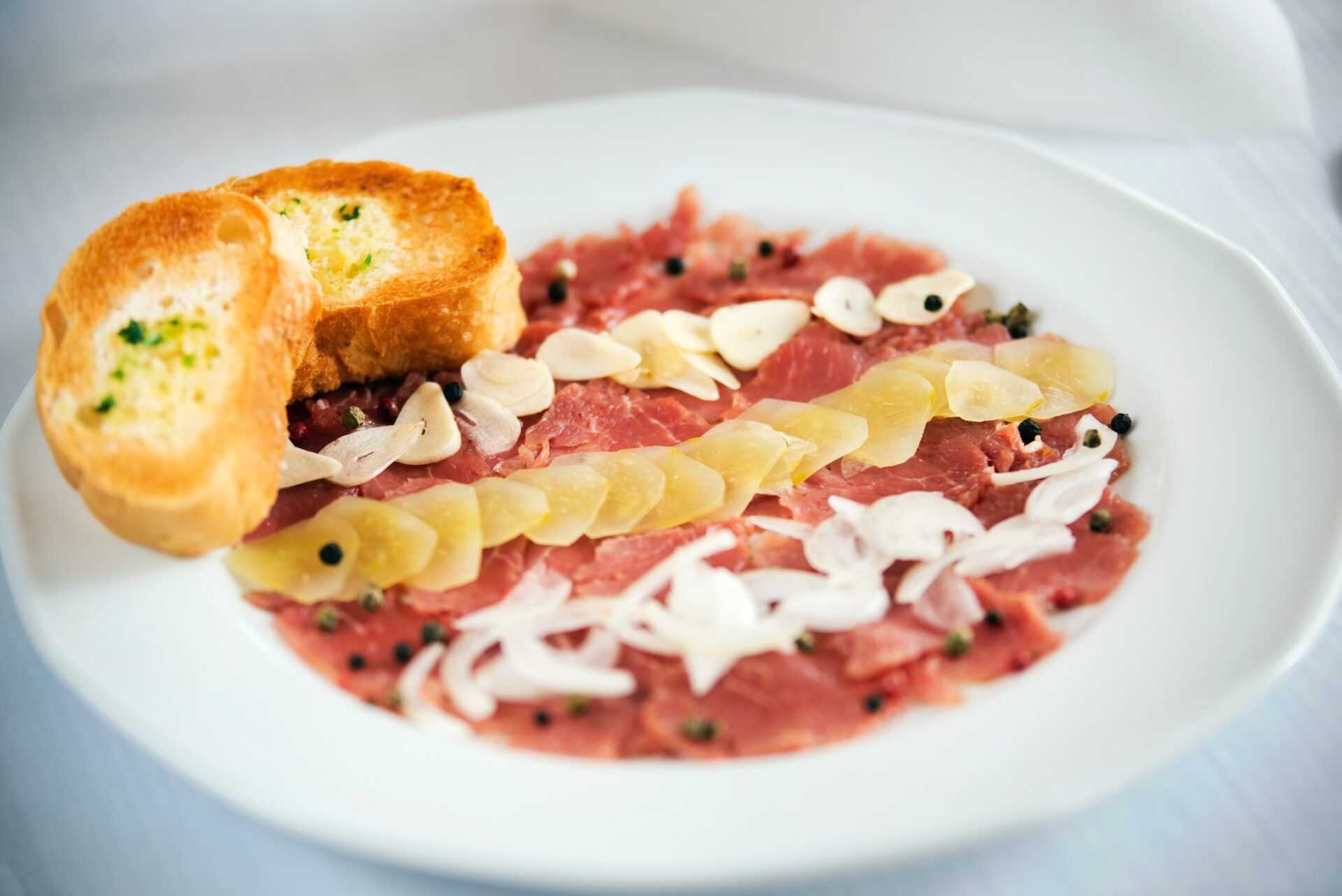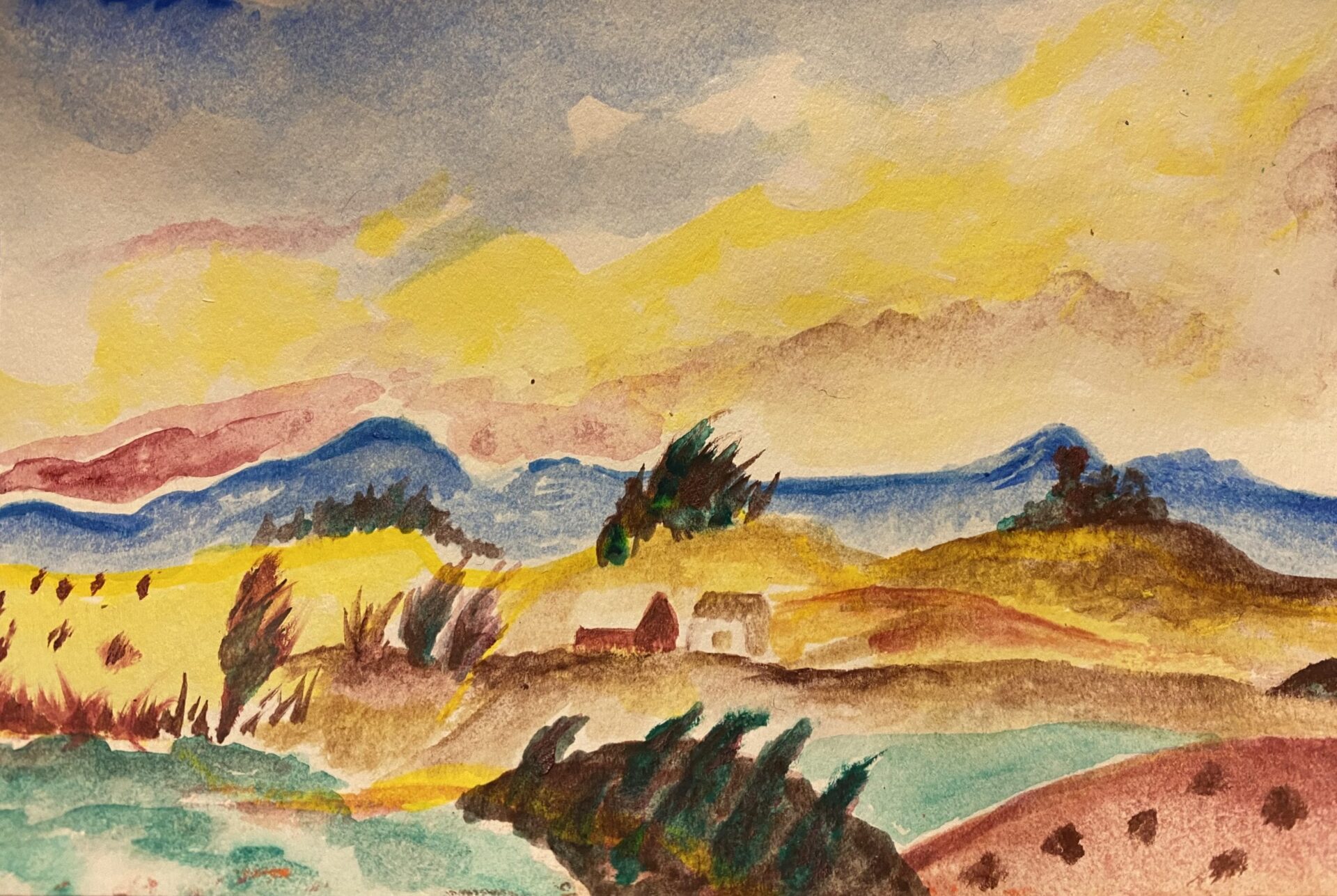By Patrick McNerthney
Where I live, customer service is an oxymoron.
I should know, I get coffee (which is code for cheeseburgers or pizza) all the time, and the folks behind the counter act as if my presence is a burden. Me? How can that be?
Plus, for approximately 15 years I (that’s right, me!) worked in customer service, in one form or another. For example, for two years (in college) I worked as a busser at a local seafood restaurant…wait, scratch that example; I was roughly 21-22 years old, which means I was a moron (I didn’t treat people poorly or anything, I just lacked cognitive thought and intentionality like most college-grads, hot off the press).
So instead let’s base my vast wealth of knowledge on this: five years as a barista, two years as an emergency medical technician (chest puffed out– EMT) which included a stint in an ER, and finally, nine years running my own coffee business.
Thus, during this period when the Greater Seattle Area was graced with my public presence, I’d say I did Customer Service the (trumpet blare here) Way It Should Be Done. Meaning, I created interaction with humans beyond the expected,way beyond the half-hearted, “What size? Ok. What flavor? Uh, we’re out of that, pick something else. That’s it? That’ll be eighteen bucks.”
Indeed, let’s call my customer service tactics “Social Niceties Designed Not for Me, But for the Other Person.” In coffee it was quite simple: I could have fun in an otherwise Boring-World context and by proxy create a joyful environment for customers and coworkers. These tactics usually involved asking questions not related to the task at hand but rather something out of left field. (Hint: it’s SUPER easy.) Questions like:
“What did you do last night?”
“Have you ever been to Argentina?”
“Can I borrow $4,321.72?” and under my breath, “I can’t pay you back.”
“Have you ever been arrested?”
“Do you know what Carpaccio is? No? Wanna find out? (Okay that one is technically three questions, but it usually confuses folks enough to make them laugh…)
 (This is carpaccio. Raw meat. Yum!)
(This is carpaccio. Raw meat. Yum!)
And so on and so forth. Of course, in EMT and Emergency-Room-Land it was less frivolous. BUT, I made a point of actually talking to the patients; distracting them from their fear when appropriate with questions like, “Where are you from? When was the last time you had a burger? Did you make a reservation?” And I also took care to explain what was going on and why things were taking so long. This culminated in a fateful day when a patient in the (insanely busy) ER was discharged and when walking out, hollered across the busy triage area, “Bye Patrick! Thanks!” And I was like, “See ya, take it easy!” I didn’t think anything of it until the Doc looked at me funny and asked, “Do you know him?” And I was like, “No man, I just talked to him while he was here.” Which resulted in a totally blank stare.
The truth is I’m no superstar and some of this was self-serving rather than a higher calling. I realized quickly that in Customer-Service Land I could make life simple, fun and lighthearted, or make it dull, depressing, and kind of scary. So I chose the former, which accidentally made things better for the other person. Which is a nice bonus.
Looking back on this, here’s what I’ve learned: It’s easy to take the small things in life for granted, especially how we demonstrate social niceties. This is because they’re brief, frequent, and deemed trivial by our culture and various social forces. Plus, putting energy behind them smacks of, well, EFFORT.
 (Indeed, sometimes social niceties feel like a ton of work, and for what?)
(Indeed, sometimes social niceties feel like a ton of work, and for what?)
However, once we see social niceties through the lens of connection, we get a glimpse of their incredible value, especially in today’s lightspeed tech-laden world. An energetic wave, a heartfelt greeting, the way we pay close attention in a meeting; or the courage we muster to speak to someone who may need help – they all create connection and they make a difference for the person or people we’re with.
Alternatively, when we show up begrudgingly and halfheartedly, with barely any effort, it basically says, “I don’t care about you.” And what does that do for anyone–including you?
Another way to think of it is this: what would happen if that barista made you laugh five days a week, your colleague on the Zoom behaved like she was thrilled simply to be able to speak with you, or the audience for your presentation sat on the edge of their seats, SMILING? Pro tip: the answer is, YOU WOULD WANT MORE AND MORE!
Over to you. Are you all-in now when it comes to more and more connection? Fine Art Miracles (FAM) certainly thinks you are, and they’ve got a great way to help.
FAM champions creative expression to heal the wounds social isolation imparts on your residents and loved ones in the form of anxiety, depression, and low self-esteem. That’s right, it turns out Art Therapy, Music Therapy, Drumming Exercise, ART2GO packages, and Dance & Movement Therapy generate feelings of confidence, self-worth, mastery, and importance to the outside world, sometimes a life-saver to under-served populations.
FAM knows you already show up intent on making a difference for the elderly, children with challenges, or whomever you serve. Think of their services as a great way to fuel those moments when you need just a little extra effort to build that connection. And be prepared, because your residents or loved ones will want MORE AND MORE…and so will you.
So what are you waiting for, go, go, go! Reach out, FAM is happy to help.
Whelp, I have a school board meeting tonight. Time to practice what I preach on this Zoom call. Oh boy! Maybe I’ll have to caffeinate more and more beforehand, for some extra engagement energy. Uh, maybe not – my wife says I freak people out with my ceaseless ranting when I have too much coffee …(Can you believe it? Me?)

